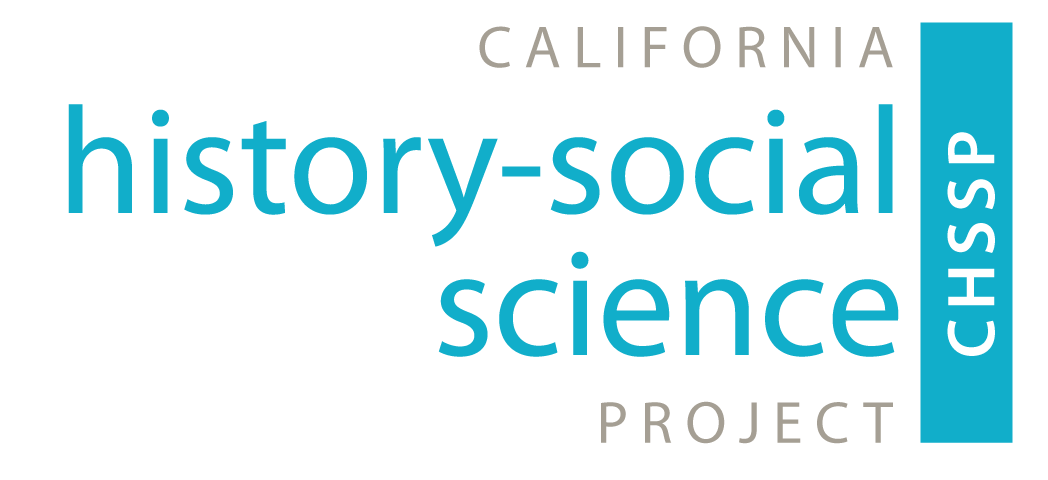Developing Essential Understandings about the Civil War
Originally posted on April 26, 2011 by Shennan Hutton
On Wednesday, Professor Alice Fahs of University of California, Irvine, spoke to the Blueprint teacher leaders (and me) about the Civil War. Her talk and our discussion opened up new vistas for me about ways to put the war into perspective. I think I have always known that slavery caused the war, and demands for states’ rights and rights of property ownership in the South were fueled by fears of economic loss. However, I don’t think I fully realized how integral slavery was to the economic basis of sectionalism. Alice Fahs explained that the Southern planter economy was dependent on slavery as a system of agricultural labor, while most Northerners were deeply concerned that slavery should not be spread to the western states. Rather than being opposed to slavery on a moral or humanistic basis, they wanted the lands of the west to be preserved for small farms to be worked by free labor. In other words, most Northerners were well prepared to tolerate slavery in the Old South, but strongly opposed the creation of new slave states in the southwest. The division between the North and South by economic systems was not just about agriculture versus industry, but really about plantation agriculture with slave labor versus small farms with free labor.
My other AHA! moment came when Alice Fahs told us that we might trace for students the thread of change in the idea of America. While before the war, Americans saw the United States as a collection of states, after the war, that concept shifted to the United States as an integral nation. Although sectional differences continued to be important (and still are today), Americans realized that states no longer had the option of dropping out of the union. I believe that there is a lot of potential in emphasizing this thread with students. It will be tough for them to grasp, because today it seems so obvious that we are all Americans. However, we live in a world in which many nations fall apart, as the most recent example of the creation of the new state of Southern Sudan shows. Splitting up over fundamental differences threatens every human endeavor, including state-building. Also, if we can get students to understand that 19th-century Americans viewed the United States differently than we do today, we will have taught them a fundamental historical concept.
The final exciting thread that Alice Fahs introduced was the idea of using personal stories to help 8th-graders understand how the Civil War changed social attitudes. She suggested using Lincoln’s speeches to show how his views about slavery changed during the war. This gives us an ideal historical investigative question: How did Lincoln’s views on slavery change over time? Or even: Did Lincoln’s views on slavery change during the war? The students would have to analyze the texts of the speeches very carefully, using all of the historical thinking skills, to form an interpretation to answer this question. They would have to consider how the events of secession, the outbreak of the war, and the events of the war affected Lincoln’s ideas, and use evidence from the primary sources to support their interpretation. The teacher leaders added the idea of contrasting Lincoln’s speeches with the writings of Frederick Douglass and others, to bring in an appreciation for multiple points of view.
I cannot tell you how exciting it is to be part of this lesson development process. All history teachers care about history and get very excited about ideas, but we seldom get the opportunity to develop lessons collectively. Being part of a collaboration with university professors and classroom teachers has kept me glued to the History Project for the past 17 years. I am truly cherishing the opportunity to work collectively with such gifted teachers to craft an ideal Civil War unit.
For incredible photos from the Civil War, check out the Library of Congress’ home page. http://www.loc.gov/index.html
Citations:
Unidentified soldier in uniform with small girl, probably his daughter. Sixth-plate tintype, hand-colored. Liljenquist Family Collection, Prints and Photographs Division, Library of Congress
[Digital ID # ppmsca-31083] Washington, D.C. 20540 USA http://hdl.loc.gov/loc.pnp/pp.print
Unidentified soldier in Confederate shell jacket and slouch hat with object hanging from neck in front of painted backdrop showing waterfall. Liljenquist Family Collection, Prints and Photographs Division, Library of Congress [Digital ID # ppmsca-27191] Washington, D.C. 20540 USA http://hdl.loc.gov/loc.pnp/pp.print
Unidentified African American soldier in Union sergeant uniform holding a rifle. Sixth-plate, hand-colored tintype. Liljenquist Family Collection, Prints and Photographs Division, Library of Congress
[Digital ID # ppmsca-27058] Washington, D.C. 20540 USA http://hdl.loc.gov/loc.pnp/pp.print



